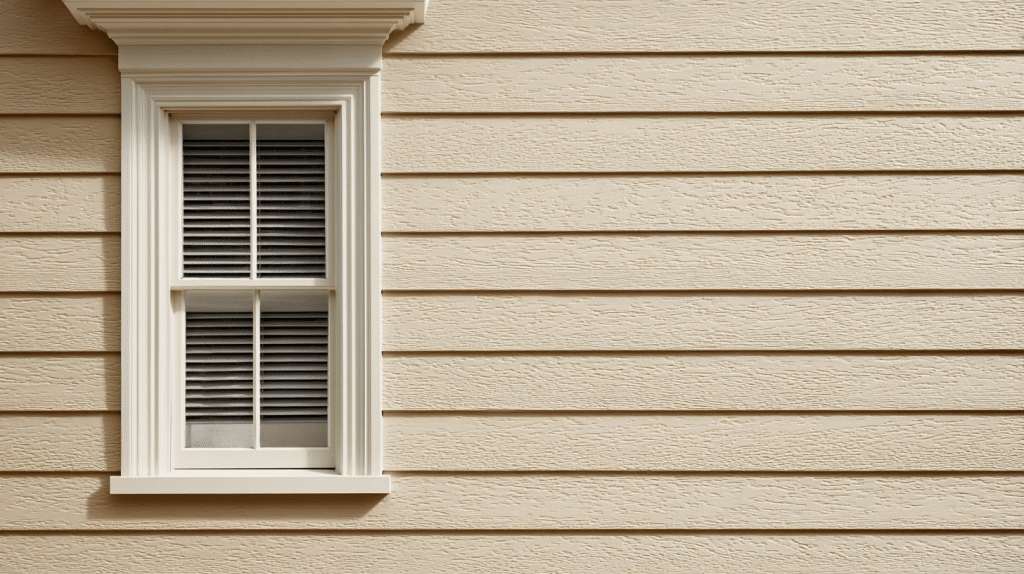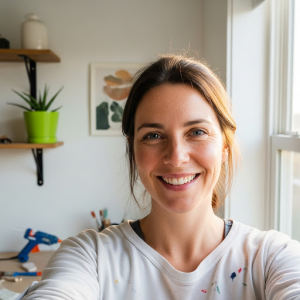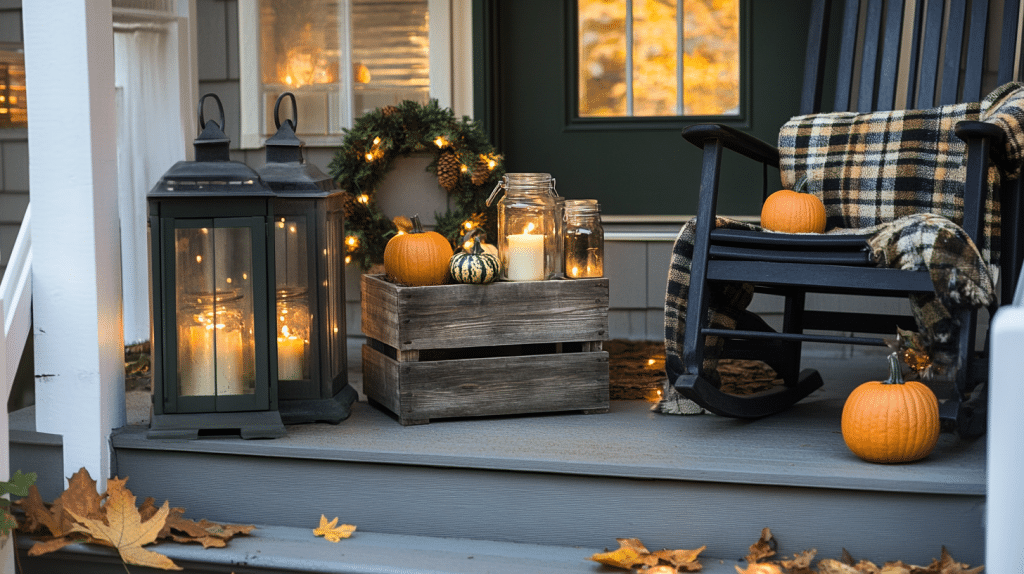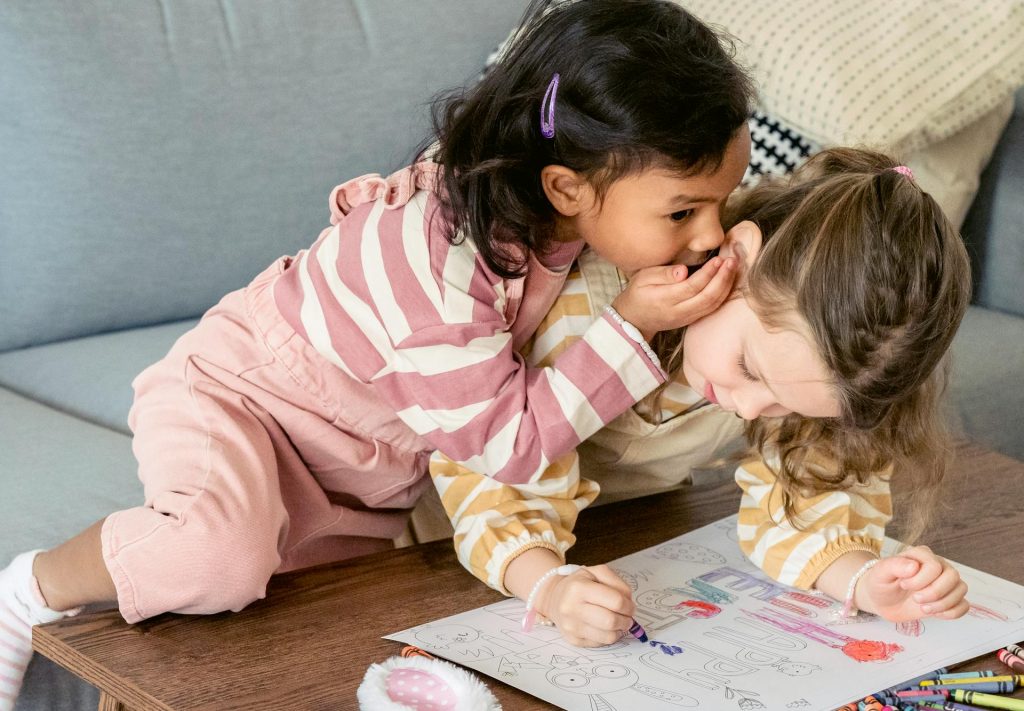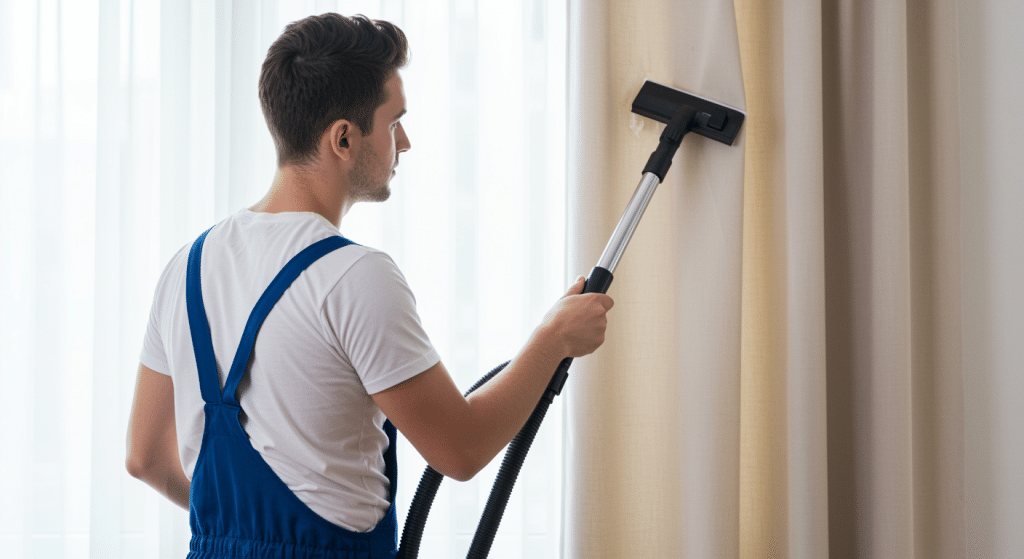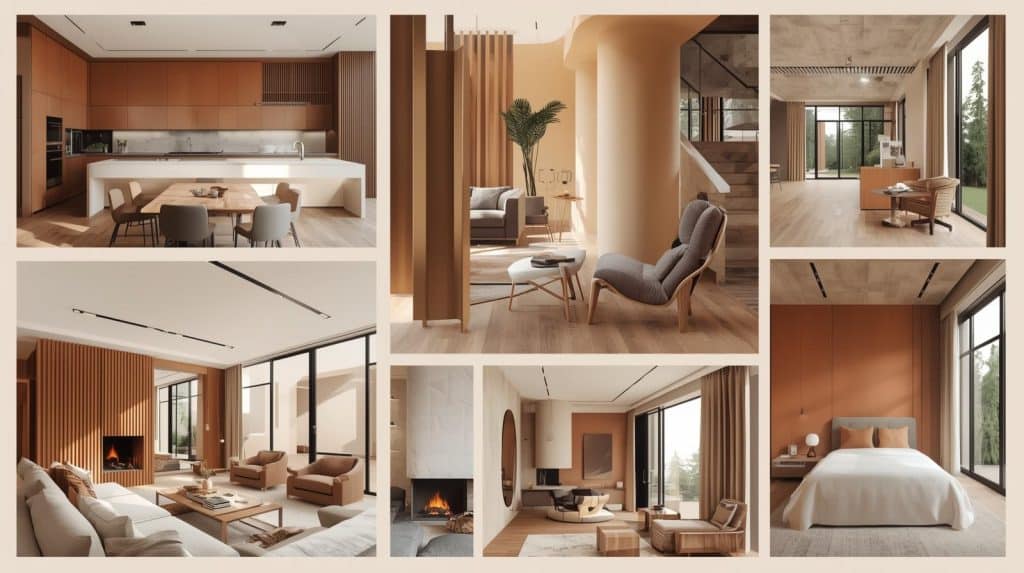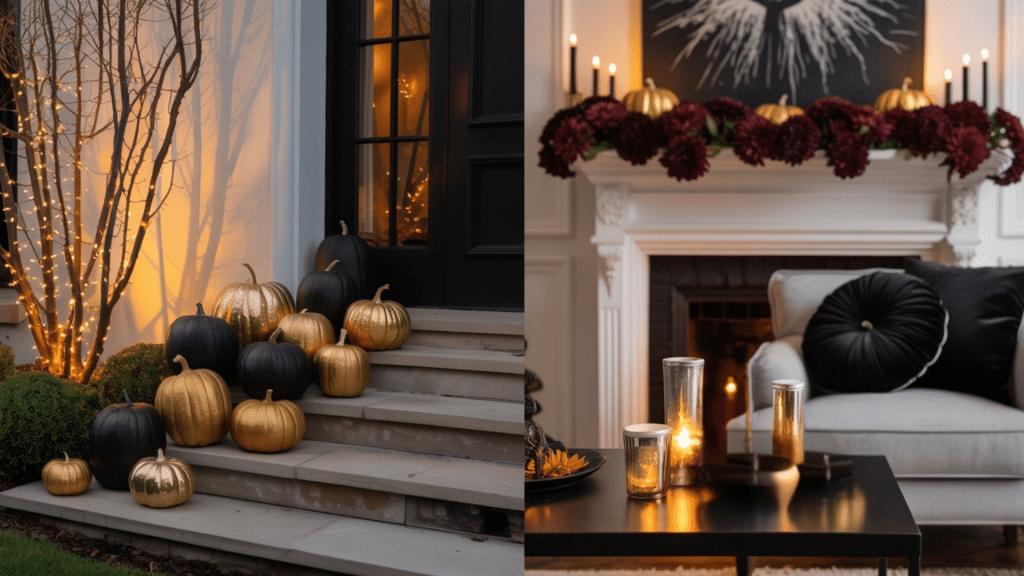Beige gets a bad rap. Sure, it’s safe. It’s neutral. It goes with everything. The thing is, accessible beige isn’t always the hero of your design story. Sometimes it’s the villain wearing a boring disguise.
There are times when this popular shade will make your space feel flat, lifeless, or just plain wrong.
So, when should you stop using it? Let me show you exactly when this color choice becomes your biggest design mistake.
Why Is Accessible Beige So Popular Amongst Homeowners?
Homeowners love it because it feels foolproof. You can’t really mess up with beige, right?
This color became the darling of home design because it works with almost everything. Need drama? Paint your exterior with Accessible Beige. Got bold furniture? Beige won’t fight it.
Planning to change your decor next year? Beige will still look good. It’s the Switzerland of paint colors: completely neutral.
Plus, it photographs beautifully for those Instagram posts. Real estate agents adore it because it makes homes feel bigger and brighter.
And let’s face it, when you’re staring at hundreds of paint swatches, beige feels like the safe harbor in a sea of overwhelming choices.
When Not to Use Accessible Beige: Clear Use Cases Guide
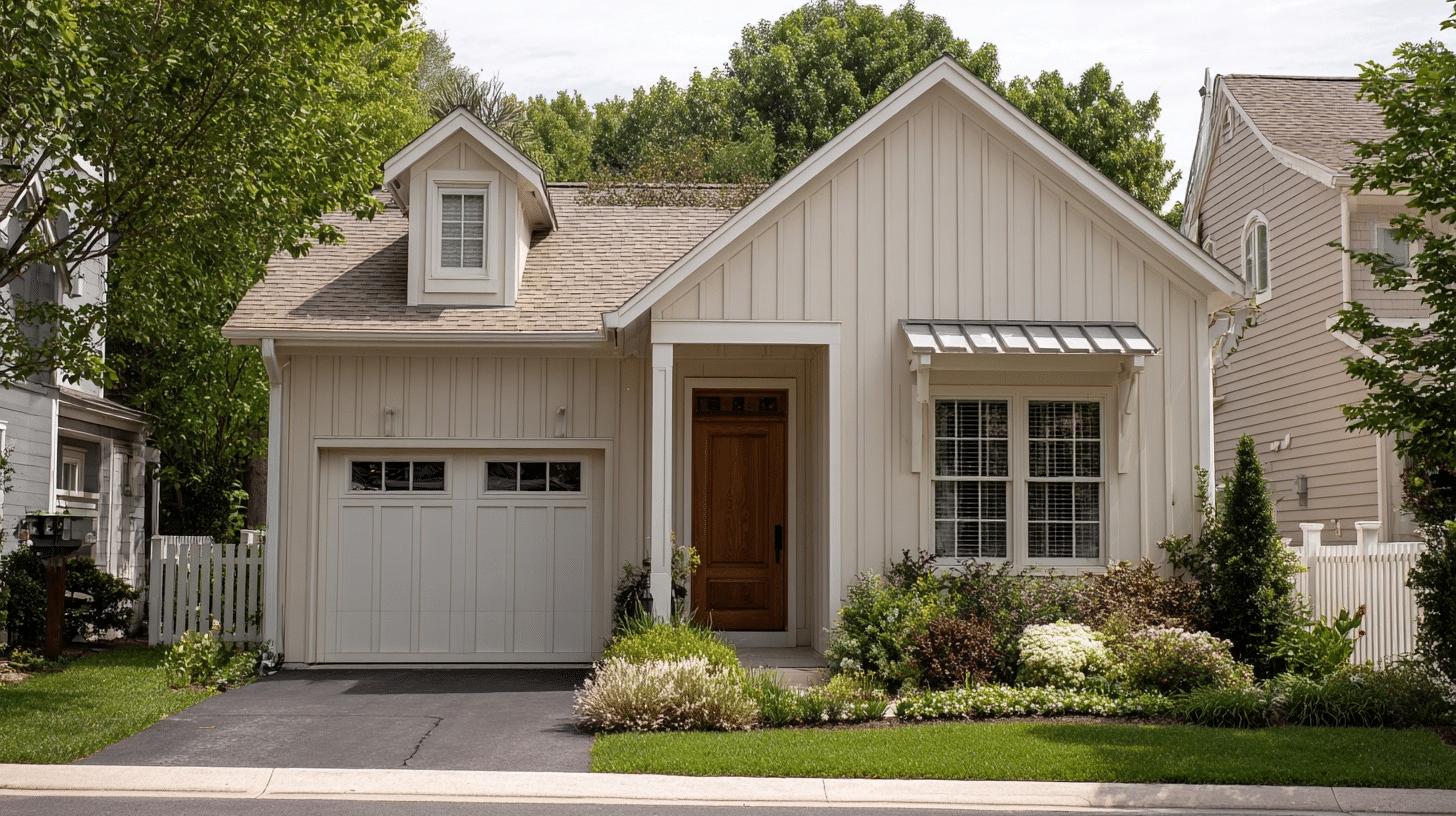
Sometimes beige is the wrong choice, plain and simple. Here are the spaces where this popular neutral will work against you, not for you.
Exterior Applications
Your home’s exterior is your first impression; make it count. Accessible beige on the outside can make your house disappear into the background like boring wallpaper.
It lacks the depth and character that exterior spaces need to stand out in the neighborhood. Plus, beige shows dirt, pollen, and weather stains more than you’d expect.
Small, Dark Rooms Without Natural Light
Accessible beige needs light to shine. In a windowless basement or cramped bathroom, it turns muddy and depressing.
The color that’s supposed to brighten your space ends up making it feel like a sad cave. You’ll walk in and immediately want to walk back out.
Homes with Cool-Toned Fixtures
Got chrome faucets, silver hardware, or cool-toned tile? Beige will clash hard. The warm undertones in accessible beige fight with cool metals, creating an awkward color tension that never looks intentional.
Spaces That Need Energy and Personality
Kids’ playrooms, home gyms, or creative studios need color that gets you pumped. Beige whispers when these spaces need to shout. Your five-year-old doesn’t want calm and neutral, they want fun and exciting.
Rooms with Beige Everything Else
If your floors, furniture, and curtains are already beige, adding beige walls creates a monochrome nightmare. It’s beige overload, and not in a good way.
Common Mistakes That You Must Avoid
Don’t let these beige blunders ruin your space. Here are the biggest mistakes I see homeowners make with this tricky neutral.
- Using beige in north-facing rooms: These spaces get harsh, cool light that makes beige look gray and uninviting
- Pairing it with the wrong white trim: Cool white trim with warm beige walls creates a jarring contrast that screams “amateur hour”
- Ignoring your home’s architectural style: Modern minimalist homes can handle beige, but Victorian houses with ornate details need richer colors
- Choosing beige for high-traffic areas: Hallways and entryways in beige show every scuff, handprint, and dirt mark
- Using it as a lazy default choice: Just because beige is popular doesn’t mean it’s right for your specific space and lifestyle
- Forgetting about lighting temperature: Warm LED bulbs make beige glow beautifully, but cool fluorescents turn it sickly yellow
Conclusion
Accessible beige isn’t evil, it’s just misunderstood and overused. Like wearing jeans to every occasion, sometimes you need something different.
The key is knowing when beige works and when it doesn’t.
Before you grab that beige paintbrush, ask yourself: Does this space need warmth or energy? Do I have enough natural light? Will this color fight with my fixtures? Your walls deserve better than a default choice.
Trust your instincts. If beige feels wrong for your space, it probably is. There’s a whole world of colors out there waiting to make your home truly yours.


